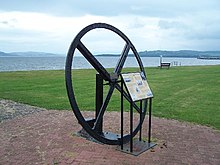
The Firth of Clyde is the mouth of the River Clyde. It is located on the west coast of Scotland and constitutes the deepest coastal waters in the British Isles. The firth is sheltered from the Atlantic Ocean by the Kintyre peninsula, which encloses the outer firth in Argyll and Ayrshire. The Kilbrannan Sound is a large arm of the Firth of Clyde, separating the Kintyre Peninsula from the Isle of Arran. Within the Firth of Clyde is another major island – the Isle of Bute. Given its strategic location at the entrance to the middle and upper Clyde, Bute played a vital naval military role during World War II.

A steamboat is a boat that is propelled primarily by steam power, typically driving propellers or paddlewheels. Steamboats sometimes use the prefix designation SS, S.S. or S/S or PS ; however, these designations are most often used for steamships.

A paddle steamer is a steamship or steamboat powered by a steam engine that drives paddle wheels to propel the craft through the water. In antiquity, paddle wheelers followed the development of poles, oars and sails, where the first uses were wheelers driven by animals or humans.

Port Glasgow is the second-largest town in the Inverclyde council area of Scotland. The population according to the 1991 census for Port Glasgow was 19,426 persons and in the 2001 census was 16,617 persons. The most recent census in 2011 states that the population has declined to 15,414. It is located immediately to the east of Greenock and was previously a burgh in the county of Renfrewshire.

PS Waverley is the last seagoing passenger-carrying paddle steamer in the world. Built in 1946, she sailed from Craigendoran on the Firth of Clyde to Arrochar on Loch Long until 1973. Bought by the Paddle Steamer Preservation Society (PSPS), she has been restored to her 1947 appearance and now operates passenger excursions around the British coast.

TS Queen Mary is a Clyde steamer launched in 1933 at the William Denny shipyard, Dumbarton, for Williamson-Buchanan Steamers. She is currently being restored as a museum ship, in Glasgow.
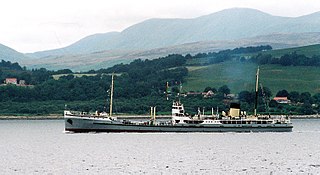
SS Shieldhall is a preserved steamship that operates from Southampton. She is the largest operational historic steamship in Europe and one of the last reciprocating steam engined ships built, using technology that dated back to the last quarter of the 19th century and which was obsolete at the time of her construction. She spent her working life as one of the "Clyde sludge boats", making regular trips from Shieldhall in Glasgow, Scotland, down the River Clyde and Firth of Clyde past the Isle of Arran, to dump treated sewage sludge at sea. These steamships had a tradition, dating back to the First World War, of taking organised parties of passengers on their trips during the summer. SS Shieldhall has been preserved and offers cruises to the paying public.
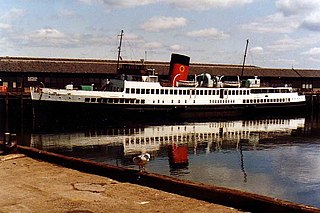
The Clyde steamer is the collective term for several passenger services that existed on the River Clyde in Scotland, running from Glasgow downstream to Rothesay and other towns, a journey known as going doon the watter.

MV The Second Snark is a small passenger ferry, built in 1938 by William Denny of Dumbarton, later operated by Clyde Marine Services on the Firth of Clyde, Scotland.

Robert Napier was a Scottish marine engineer known for his contributions to Clyde shipbuilding.

Henry Bell was a Scottish engineer who helped to pioneer the development of the steamship. He is mostly widely known for introducing the first successful passenger steamboat service in Europe in 1812.
SS Comet may also refer to one of several commercial passenger steamships:

King Edward was an excursion steamer built at Dumbarton for service down the River Clyde to the Firth of Clyde and associated sea lochs on the west coast of Scotland, as far as Campbeltown. The first commercial vessel to be driven by steam turbines, King Edward operated as a Clyde steamer for half a century from 1901 until 1951, interrupted only by service in the two world wars. The success of the vessel quickly led to the adoption of turbine propulsion for all manner of merchant vessels, from channel ferries and coastal steamers to transatlantic liners.
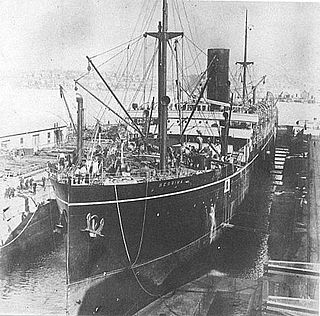
Caird & Company was a Scottish shipbuilding and engineering firm based in Greenock. The company was established in 1828 by John Caird when he received an order to re-engine Clyde paddle-tugs.
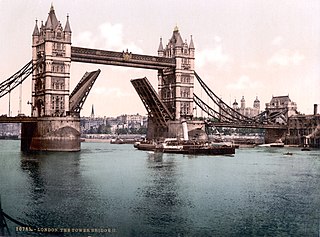
Steamboat services started on the Thames in around 1815 and for nearly 25 years were the main use of steam to carry passengers before the emergence of railways in the south of England. During this time at least 80 steamers are recorded in the Thames and the Steamboat Act of 1819 became the first statute to regulate the safety of the new technology for the public. Wooden boats driven by paddle-wheels, they managed during this time to establish themselves as faster and more reliable than the earlier use of sailing and rowing boats for passenger transport within the Thames estuary.

SS Lake Champlain was built in 1874 at Glasgow by the shipbuilders London & Glasgow Co. Ltd., she was launched on Christmas Day 1874 and sailed for a mere 13 years. On 13 April 1875 she departed on her maiden voyage from Liverpool to Quebec and then to Montreal. Until 1884 her regular run was between Liverpool and Quebec. On 23 November 1885, near Matane, she collided with the SS Bentholme which sank as a result. On 30 June 1886, she ran aground on the Antrim coast, but was refloated, sold, and renamed Lismore. On 8 June 1888 she was wrecked at Porto Plata in the Dominican Republic.
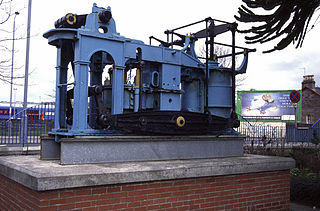
Messrs Robert Napier and Sons was a famous firm of Clyde shipbuilders and marine engineers at Govan, Glasgow founded by Robert Napier in 1826. It was moved to Govan for more space in 1841. His sons James and John were taken into partnership in 1853.

PS Eagle III was a passenger-carrying paddle steamer that was built and sailed on the Clyde, and was twice requisitioned by the Admiralty to serve as a minesweeper during the world wars.
The Britannia of 1815 was a wood-hulled British paddle steamer built at Port Glasgow for services on the Firth of Clyde. Later she ran between Glasgow and Derry. Britannia was wrecked at Donaghadee on 12 October 1829.

PS Lucy Ashton was a Clyde-built paddle steamer that carried passengers on the Clyde between 1888 and 1949. She was one of the longest serving Clyde steamers.


